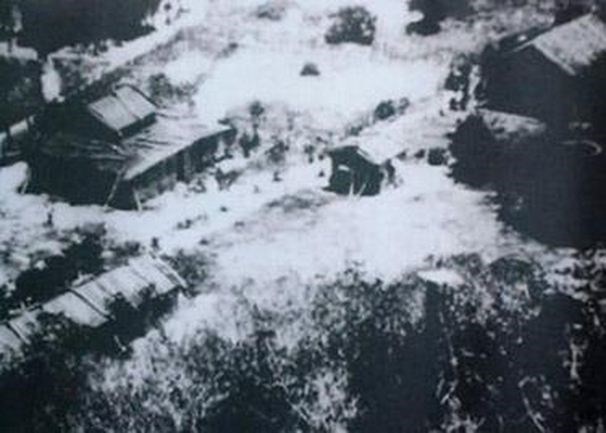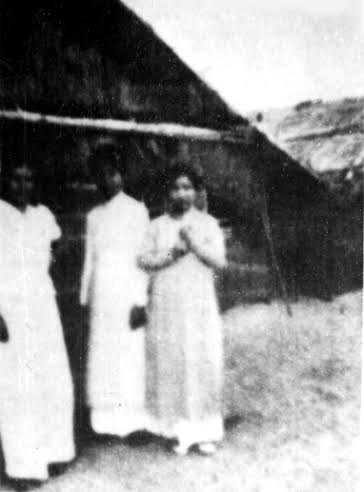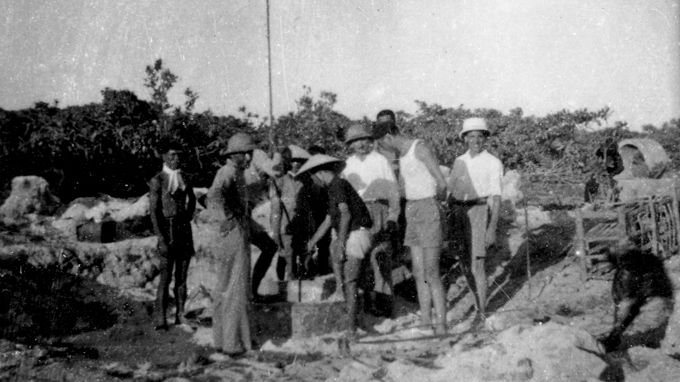International conference refutes The so-called Chinese nominal sovereignty over the islands in the  On April 29, 1932, the French government sent a protest showing the evidence of On April 13, 1933, a warship of the French naval forces in the Far East under the command of Lieutenant Colonel De Lattre left Saigon for the In 1934 - 1935, the Ministry of Foreign Affairs and the Ministry of Interior Affairs of the Republic of China silently named The French immediately stepped up investment in building more modern infrastructure facilities in Hoang Sa. After the survey of the Nha Trang Institute of Oceanography and Fisheries, in 1938 On Ba Binh and Phu Lam islands of Hoang Sa, a meteorological station, a sovereignty stele, a lighthouse, and a TFS broadcast station were built. Public officials who were assigned to work in Hoang Sa were provided with houses and other facilities to take their families to the islands. Every month there was a ship from the mainland carrying food to them. Also during this period, By 1938, Hoang Sa was closely managed by the French. The Republic of China did not aggressively claim for sovereignty as before but still stubbornly claimed their "indisputable sovereignty" over the islands. In 1939, the war spread throughout After On August 19, 1945, August Revolution achieved success. On September 2, 1945, the Democratic Republic of Vietnam was established; President Ho Chi Minh read the Declaration of Independence at the  The wives of Vietnamese public servants on Hoang Sa. File photo. After the Japanese were defeated, the French returned to Japanese troops withdrew from Hoang Sa and Truong Sa in 1946. The French returned to However, this unit stayed on the islands for a few months. During the period from May 20-27, 1946, Admiral D'Argenlieu, High Commissioner of Indochina, also sent the L'Escarmouche vessel to survey the situation on the Hoang Sa (Pattle) While the French army and the Democratic Republic of Vietnam government led by President Ho Chi Minh were busy dealing with a full-scale war, a special fleet of the Republic of China left the Wu Tung Port on October 9, 1946 to Hoang Sa and Truong Sa. The Republic of China then garrisoned  Digging wells in Hoang Sa in 1938. In April 1949, chief of state Bao Dai’s office head, Prince Buu Loc, in a press conference in Saigon, reaffirmed the sovereignty of On October 1, 1949, the People's Republic of In April 1950, soldiers of the Republic of China withdrew from Earlier, on October 14, 1950 the French government handed over Hoang Sa to the Bao Dai government. Premier Phan Van Giao presided over the transfer of power in Hoang Sa Islands. The San Francisco Conference, with the participation of 51 nations, took place from September 5-8, 1951 to sign the Treaty of Peace with On September 7, 1951, at this conference, Prime Minister cum Foreign Minister Tran Van Huu of the Bao Dai Government solemnly declared that the Hoang Sa and Truong Sa Islands are Vietnam's territory: "Et comme il faut franchement profiter de toutes les occasions pour etouffer Germes de discorde, affirmons nous sur nos droits et les Îles Spratley Paracels rules ont fait partie de tout temps du Viet Nam ". Duy Chien, |
↧
Article 2
↧